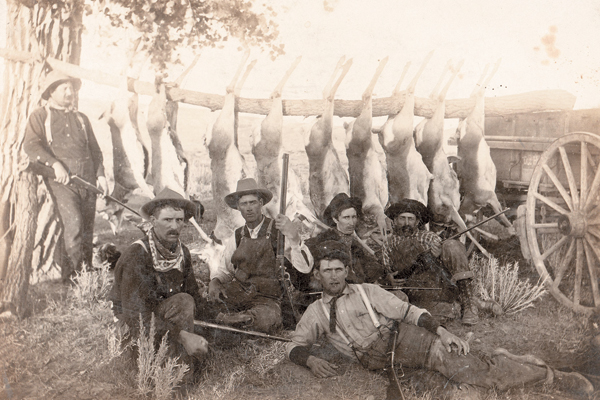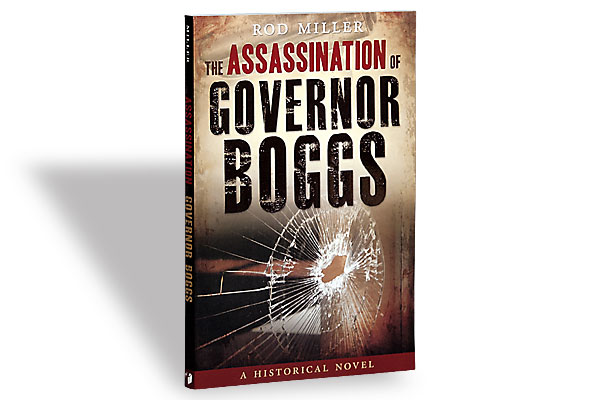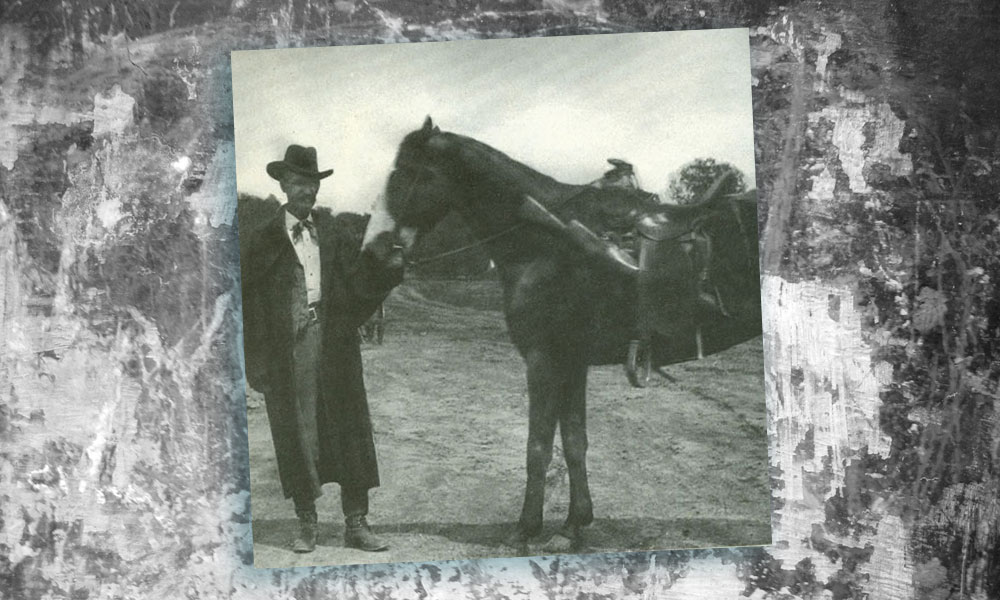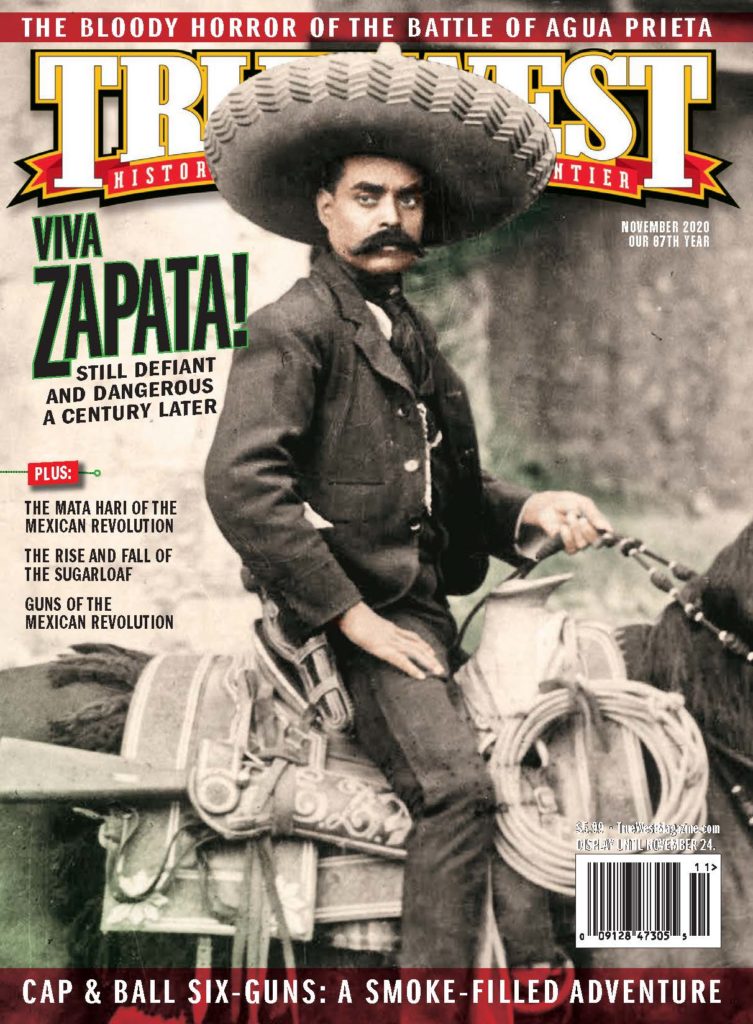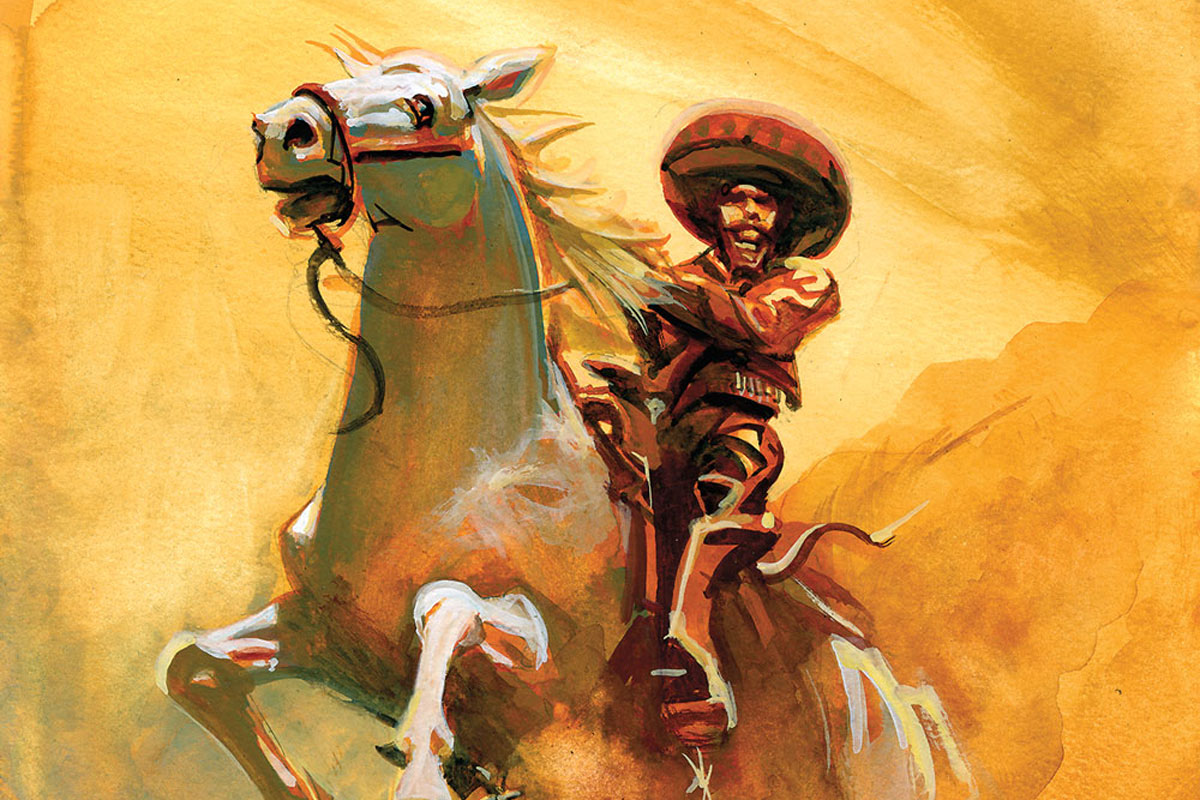
In this issue we take on the bloody conflagration known as the Mexican Revolution (1910 to 1920). It’s actually half revolution and half Civil War and a blood bath at both ends. The statistics are off the charts with an estimated 1.5 million deaths from fighting—more than all the U.S. death totals from all the wars we have fought! Follow that up with the Spanish Influenza pandemic raging from 1918 to 1920, when 90 percent of the indigenous population was wiped out (estimated at 8 million souls), and all the firing squad executions and the assassinations (both Zapata and Villa were betrayed and killed, plus three presidents fell to the assassins’ hands), and it is hard to make sense of it all.
But we corralled the best scholars, writers and researchers of the Mexican Revolution (see Salomé Hernández’s “¡Viva Zapata! ¡Tierra y Libertad!” on pages 16-21 and Lynda A. Sánchez’s “Mata Hari of the Mexican Revolution” on pages 22-27) to give you a balanced overview of all the carnage and what it actually means.
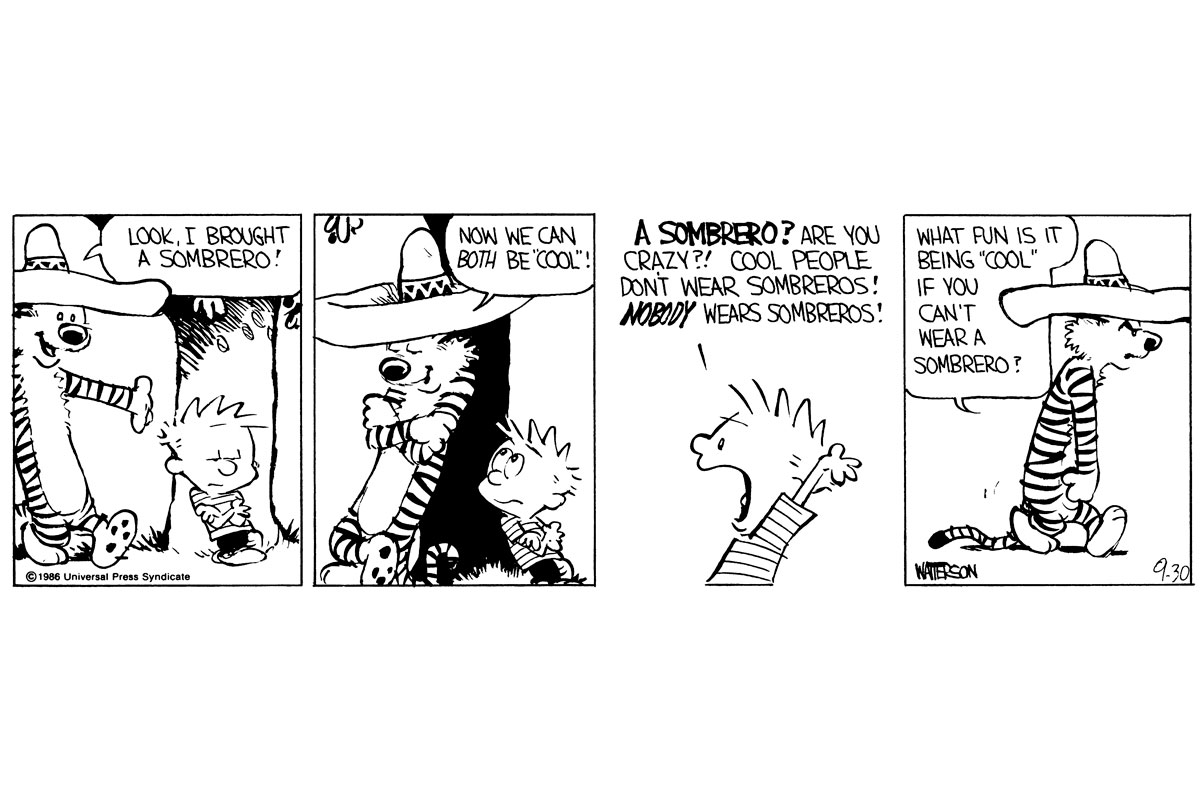
– Calvin and Hobbes © 1986 Watterson. Reprinted with permission of Andrews McMeel Syndication. All rights reserved. –
As Pancho Villa biographer Friedrich Katz puts it, “As in the history of most revolutions, the bloodiest phase of the Mexican Revolution occurred not when the revolutionaries were fighting the old regime but when they began to fight each other.” So the Mexican Revolution morphed into a Civil War from 1915 to 1920.
It is not for the squeamish at heart, and the controversy the war engendered is still with us. As one of the alleged masterminds behind the assassination of Pancho Villa put it on his deathbed, “I’m not a murderer. I rid humanity of a monster.”


